English version
Hello community of travellers. On this occasion I invite you to take a tour of one of the most interesting museums in the Cuban capital, the Napoleonic Museum, a building located in the Vedado neighbourhood at the intersection of San Miguel and Ronda streets. It is a place that treasures items that belonged to the distinguished French emperor Napoleon Bonaparte. At first one wonders: Napoleon Bonaparte in Cuba? As it turns out, no, he never had any links with the island, so how did his possessions get to Cuba? Well, the pieces on display here come from various sources, essentially from the agricultural engineer Julio Lobo, who was one of the richest men in Cuba and a fanatic of Napoleon to such an extent that he had specialists whose job it was to determine the authenticity of the emperor's belongings that came into his hands. Other influential members of the collection were Orestes de Ferrara, colonel of the Liberator Army, diplomat and journalist who was also the first inhabitant of the building; and Dr. Francesco Antommarchi, who was the emperor's family doctor. The museum contains 7,400 personal objects, weapons and works of art connected with the French emperor, and was founded on 1 December 1961. It is considered by many to be the most extensive and varied public display of Napoleonic-era artefacts in existence today.
The eclectic style building of the Napoleonic Museum, which was built as a commission from Ferrara, is characterised by its design inspired by the Renaissance palaces of Florence, as its owner was Italian.
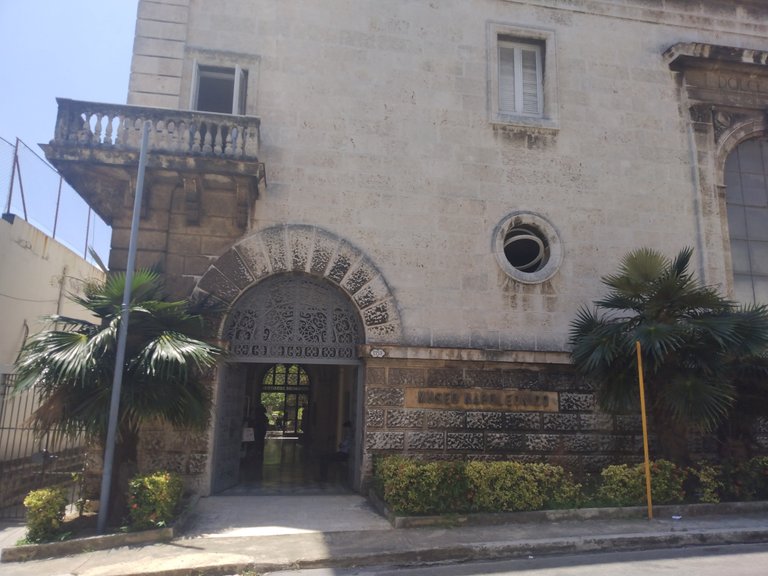
Museum Lobby

After buying our entrance ticket for a price of 30 cup, we started our tour, but not before noting that the museum is divided into the main periods of that time: the end of the Bourbon monarchy, the French Revolution, Napoleon's rise to power and the fall of the empire.
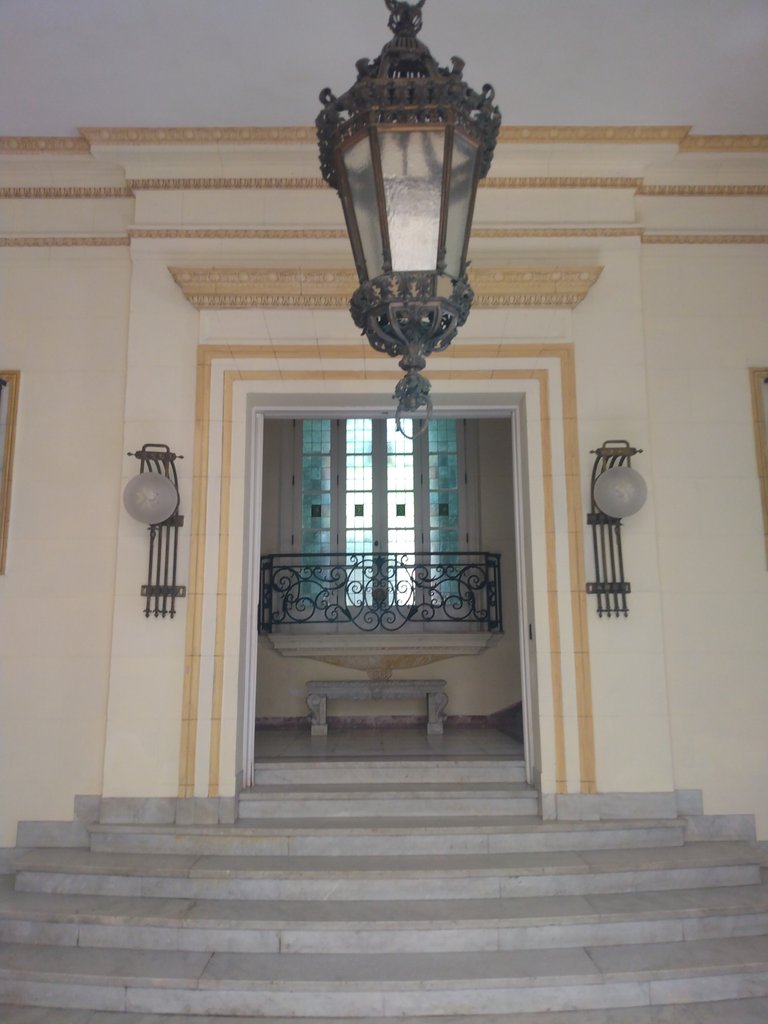
On the first floor, elements from the first period of the Napoleonic empire are displayed. Among the main pieces are some documents that form part of the public declaration of the citizen, considered by many scholars to be a non-humanistic constitution. There is also a biscuit bust of Queen Marie-Antoinette, who was guillotined in 1793.
Documents forming part of the public declaration of the citizen issued in France during the reign of the Bourbons.
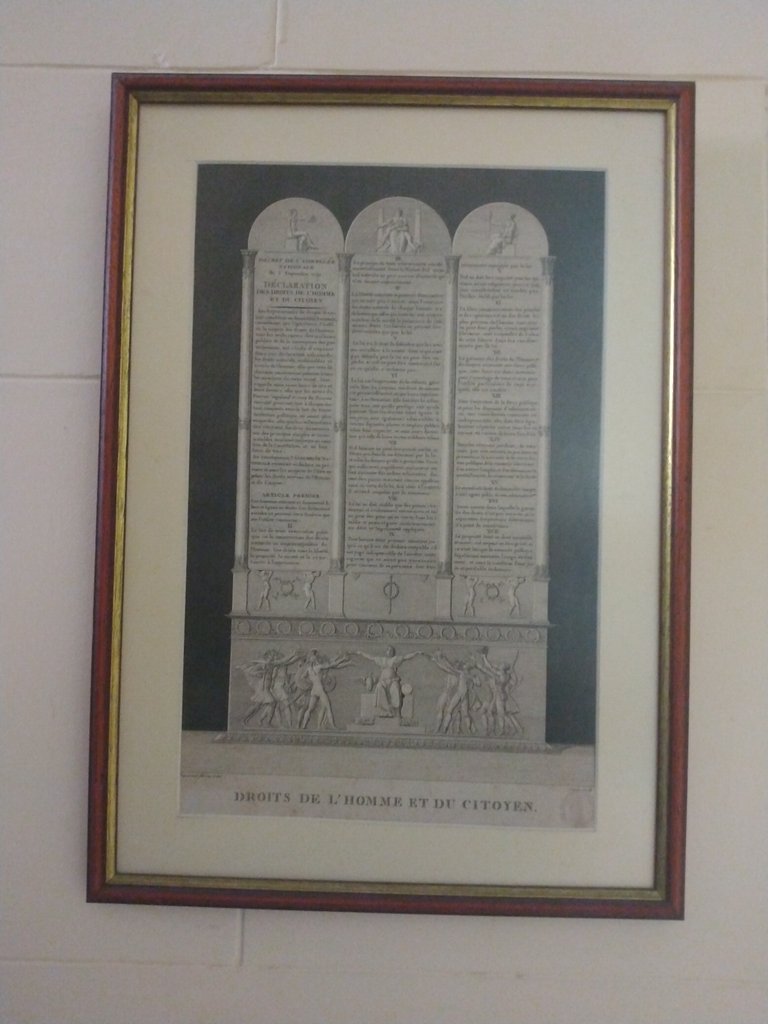
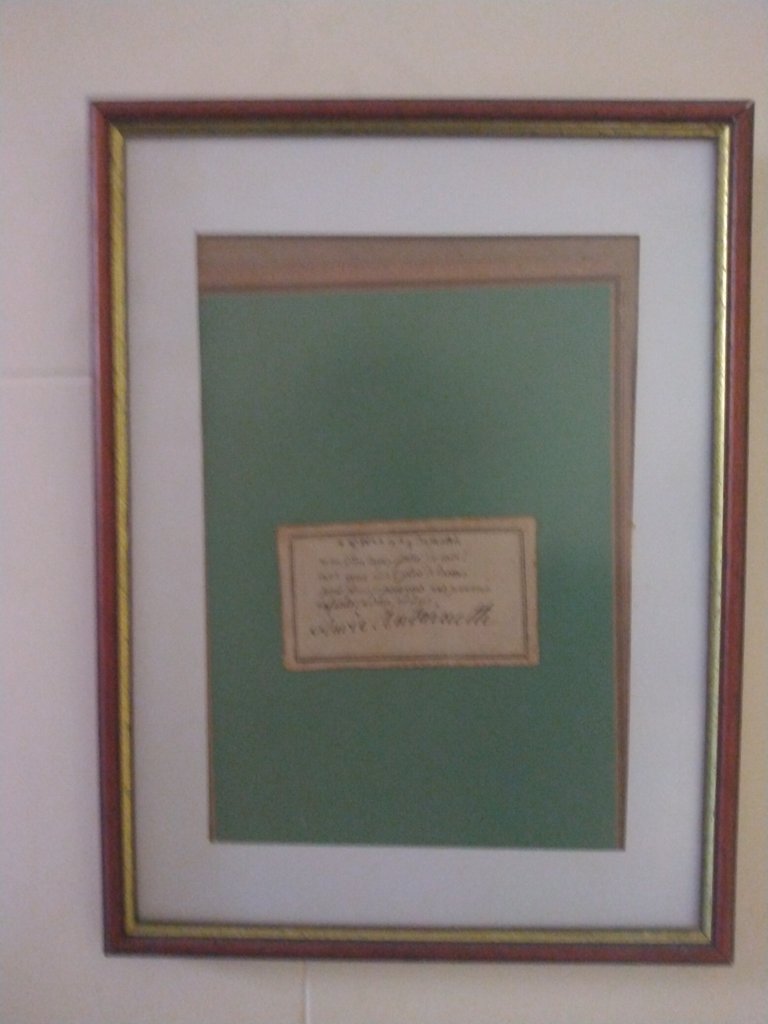
Bust of Queen Marie Antoinette
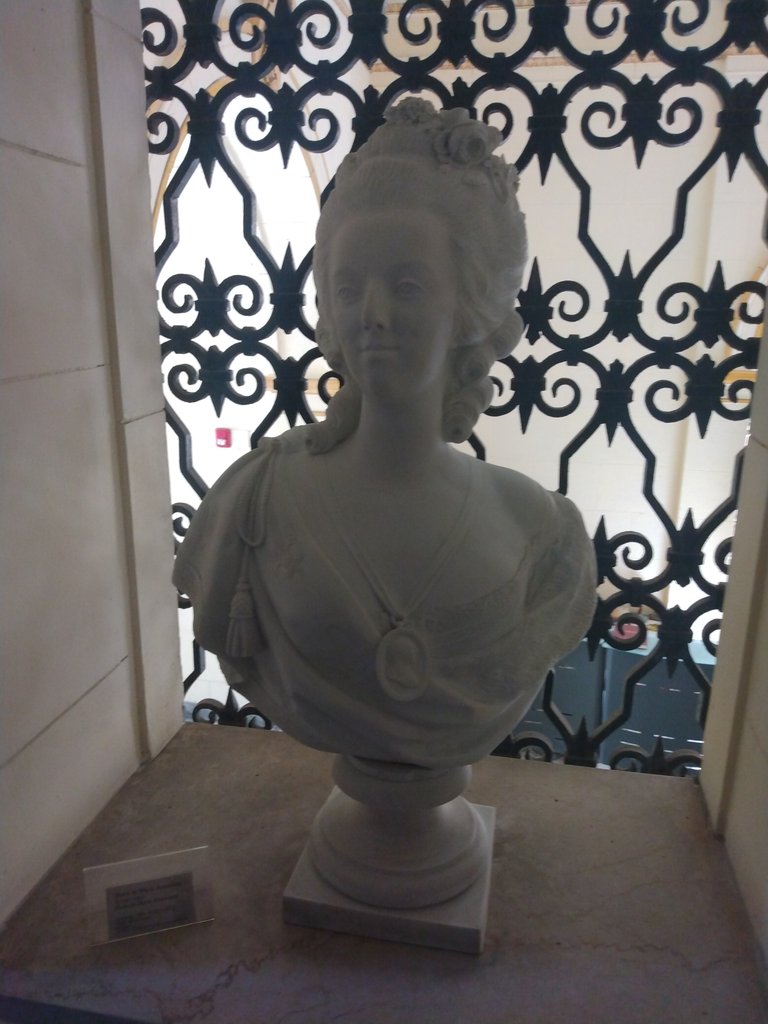
Going up the staircase to the first floor we find a marble bust of Napoleon Bonaparte. In the sculpture we can see an outstanding detail that constituted one of the emperor's great complexes, his prominent nasal appendage.
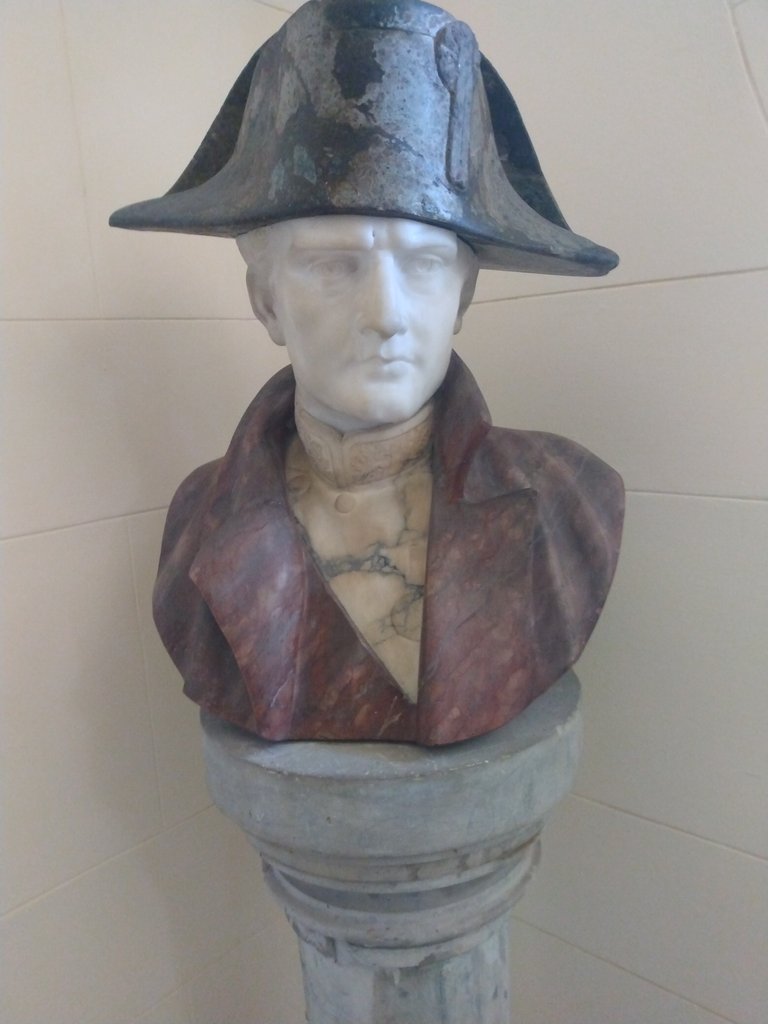
On the first floor we find pieces contextualised in the empire itself, such as a diagram of Napoleon's family tree, sculptures dedicated to him, a clock and a painting depicting the emperor's future relationship with Europe and history.
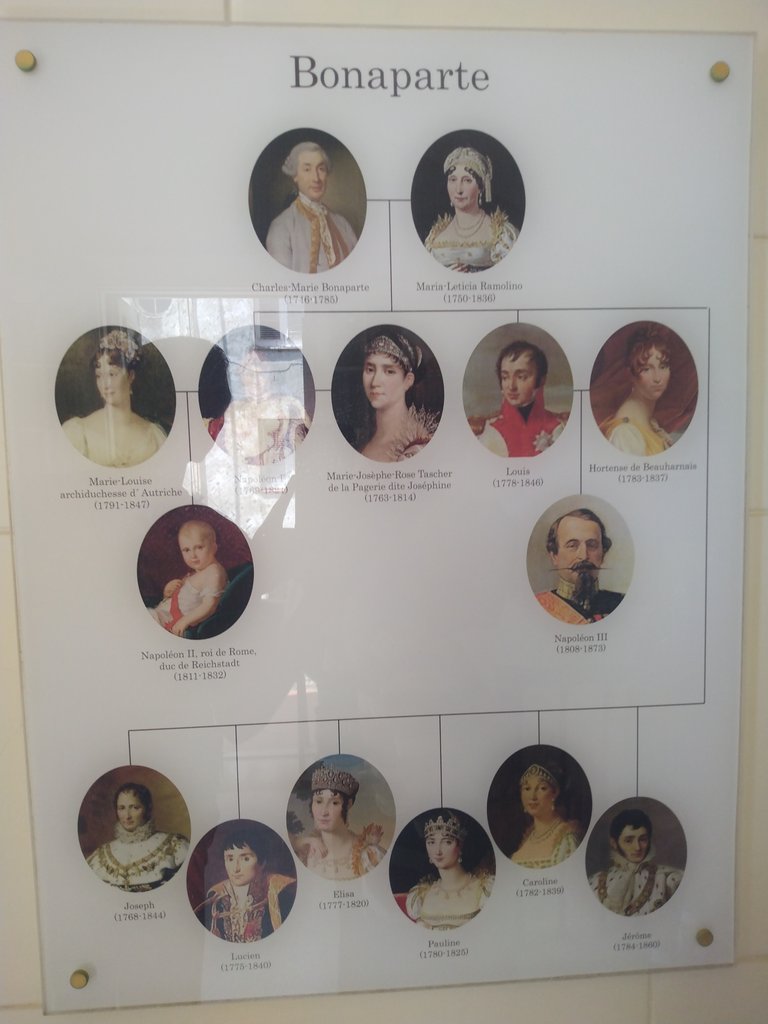
Sculptures evoking the image of Napoleon.
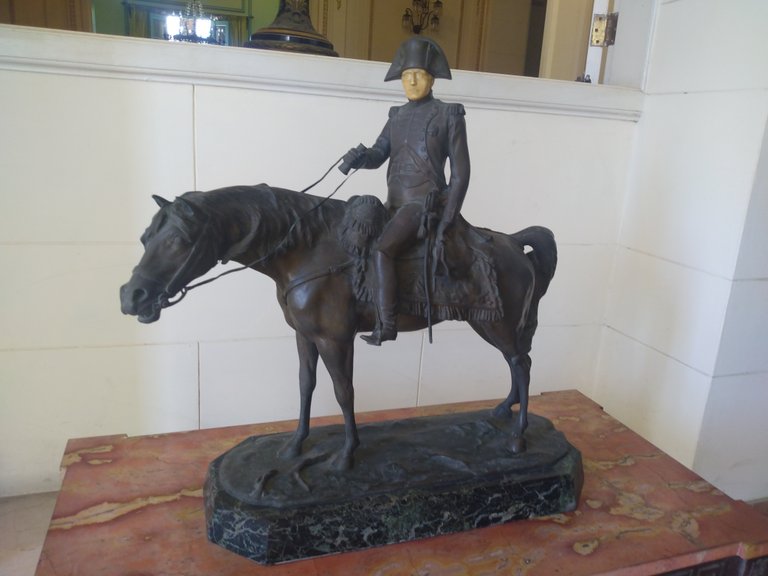
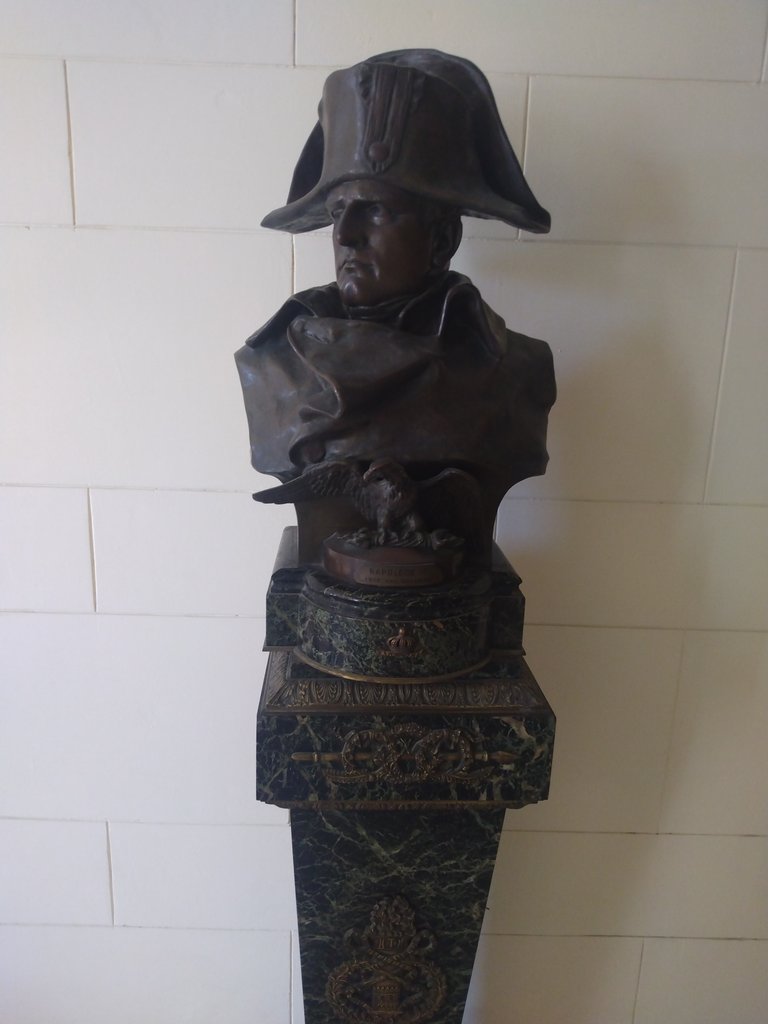
This bell was rung to warn everyone that it was time to eat.
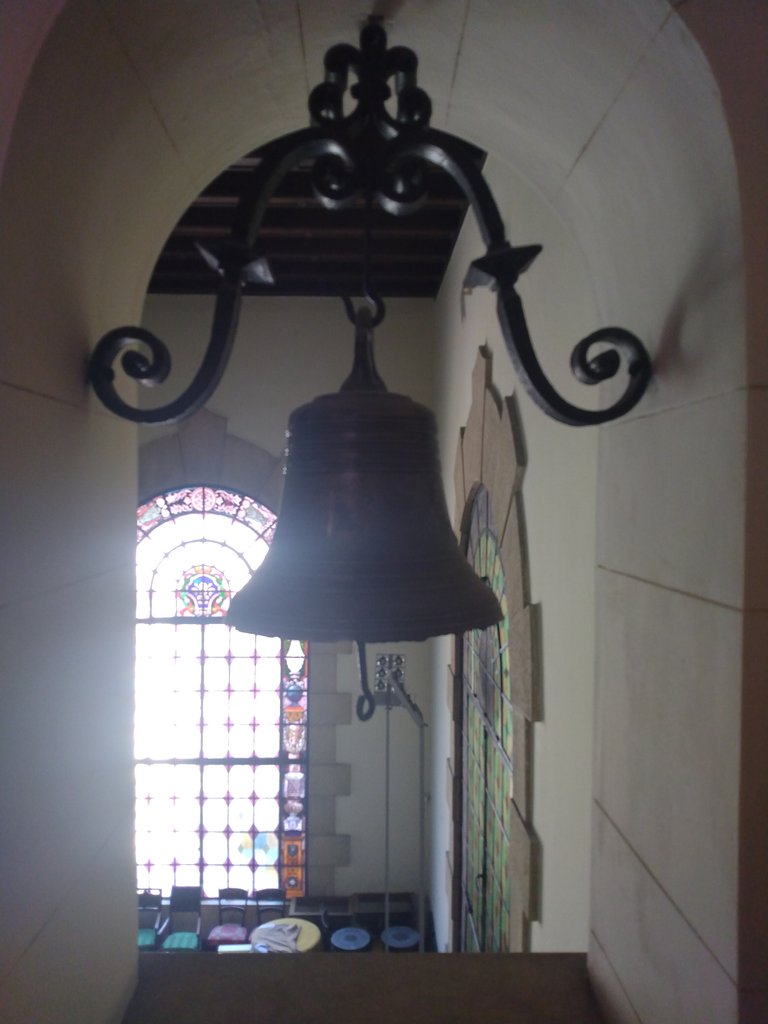
Beautiful bronze clock
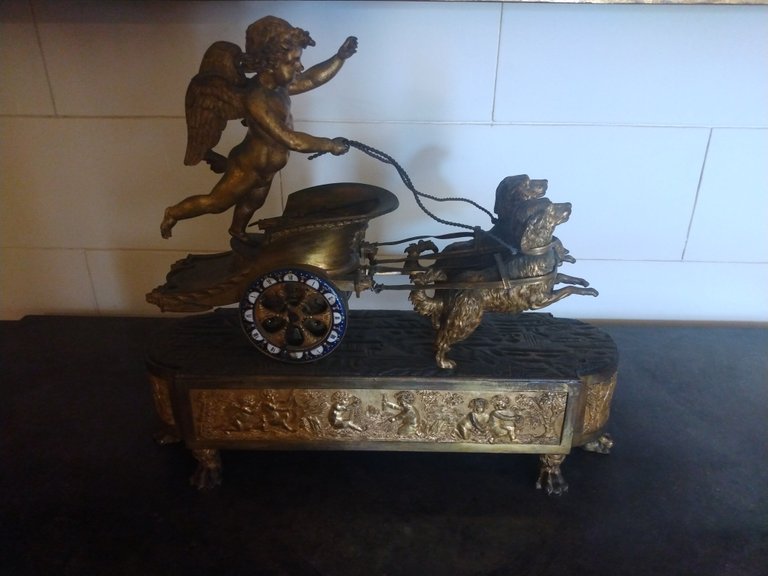
Painting depicting Napoleon Bonaparte's future relationship with Europe and history.
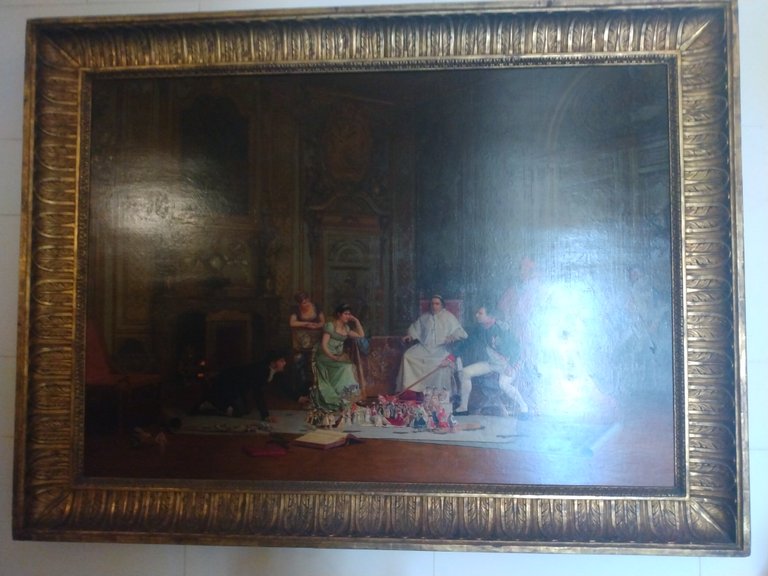
On the third floor, we find the anteroom of the dining room where tea used to be served and where we can see the set of Czech porcelain cups that were used. Right next to it is the dining room with its stunning elegance and beautiful characteristic decorations.
Anteroom for tea
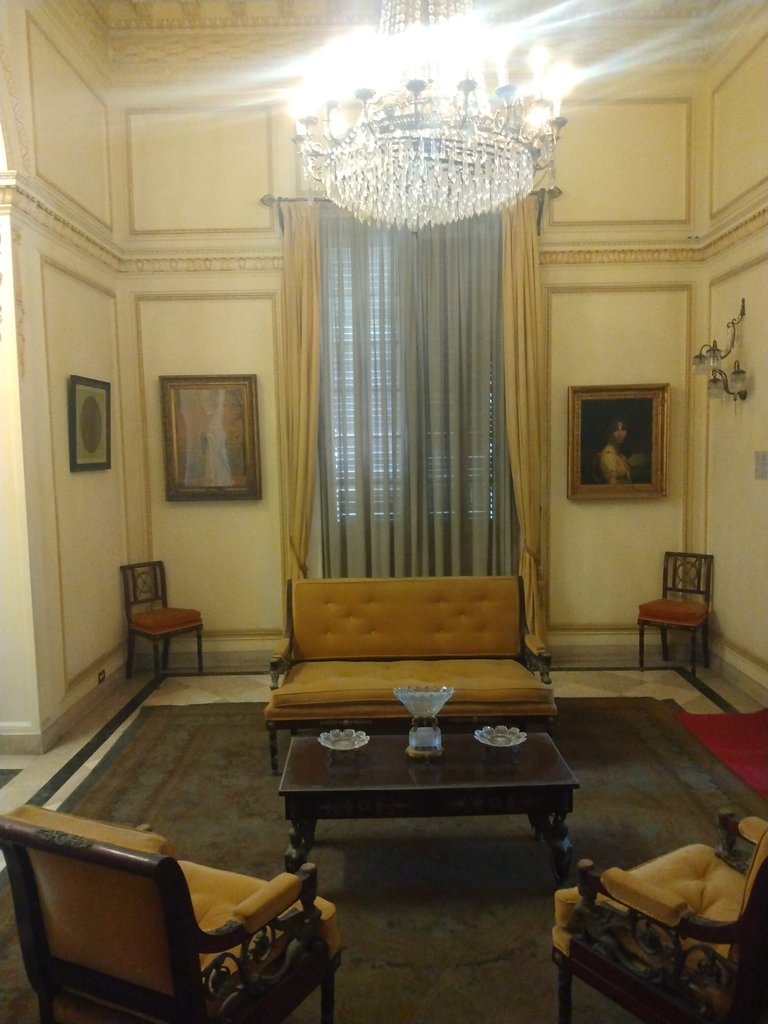
Set of Czech porcelain cups
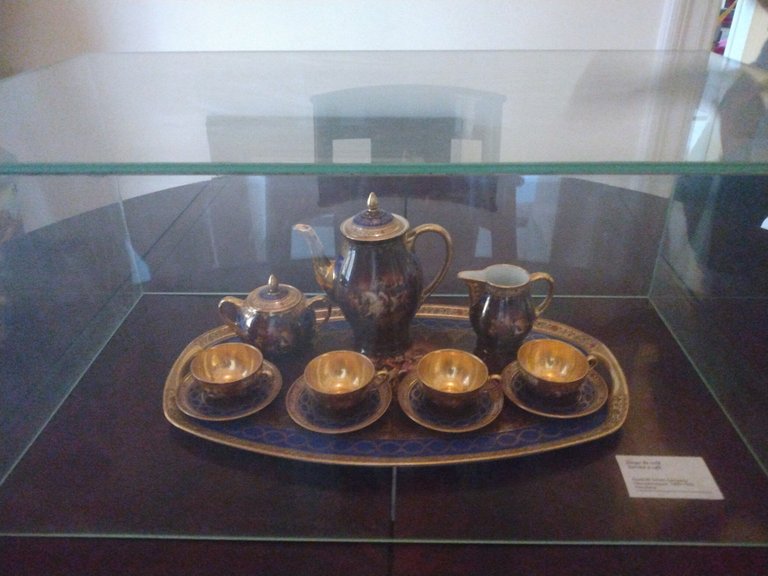
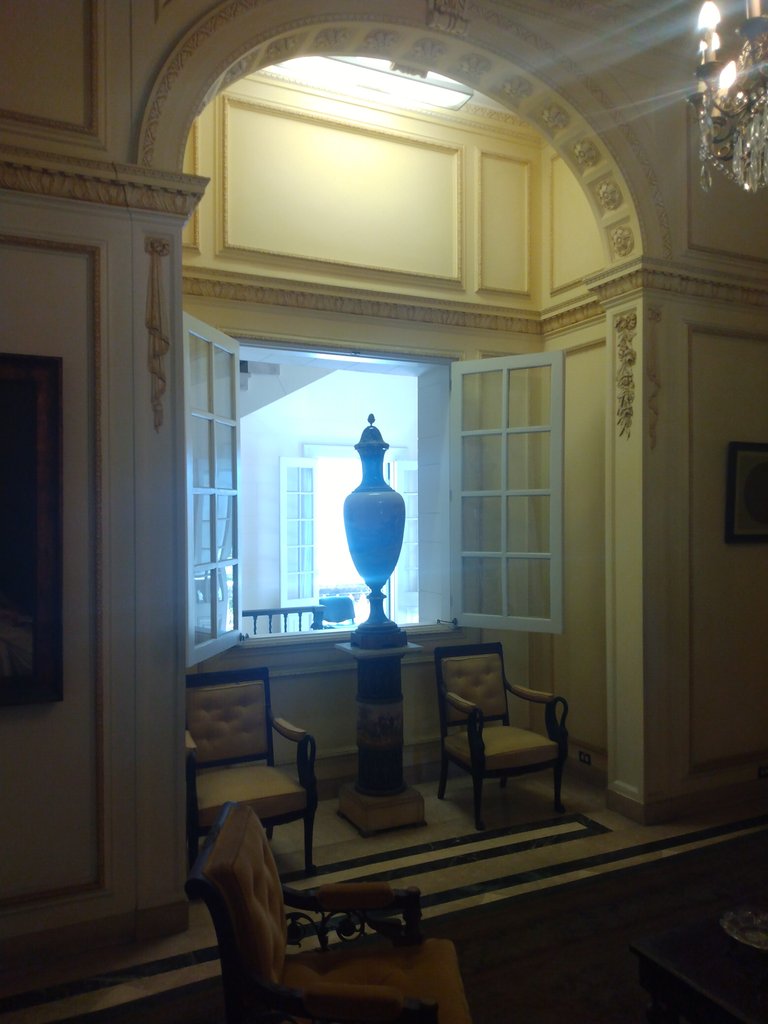
Dining room
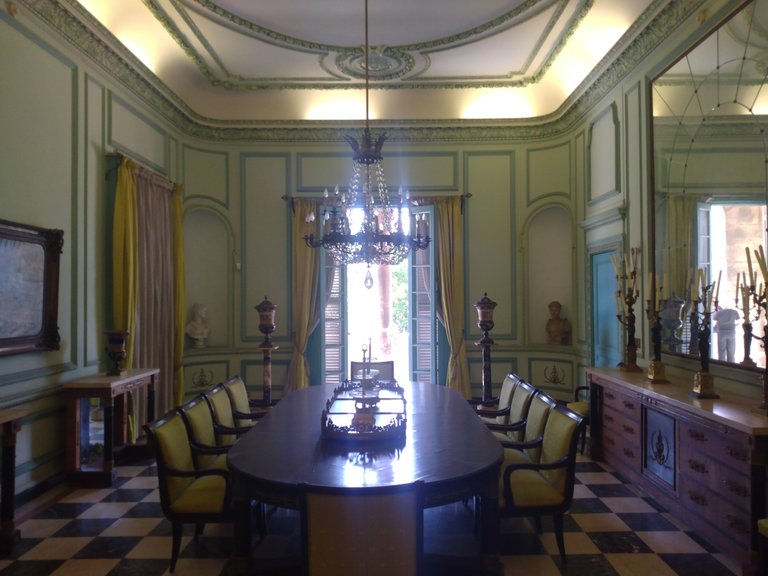
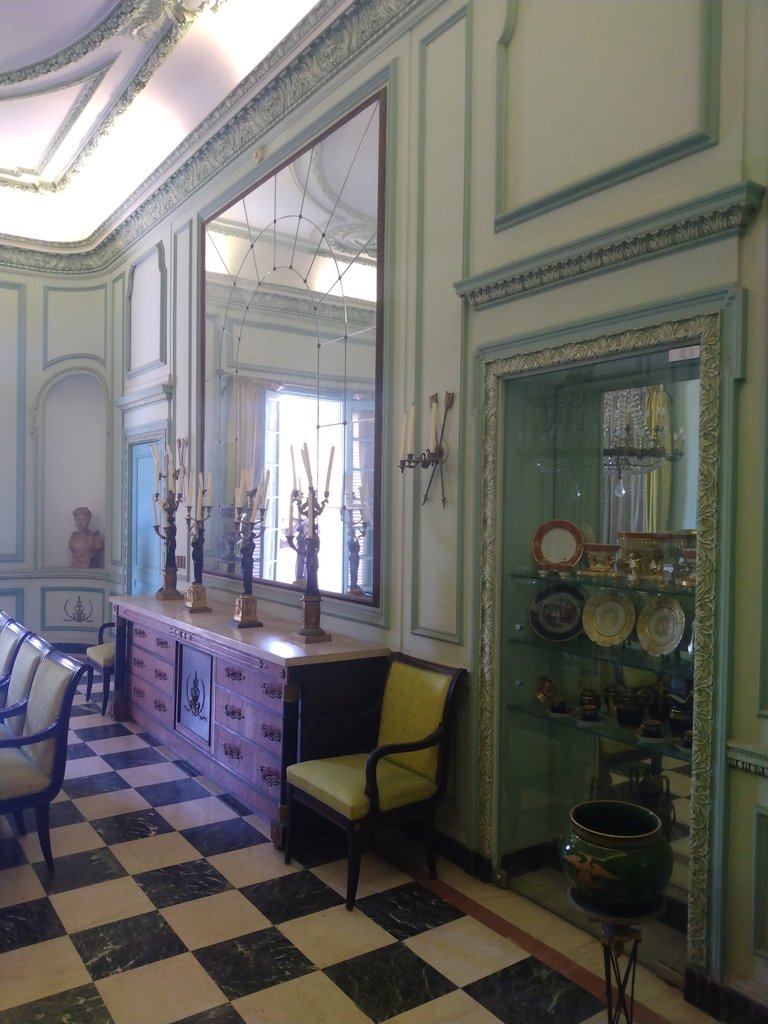
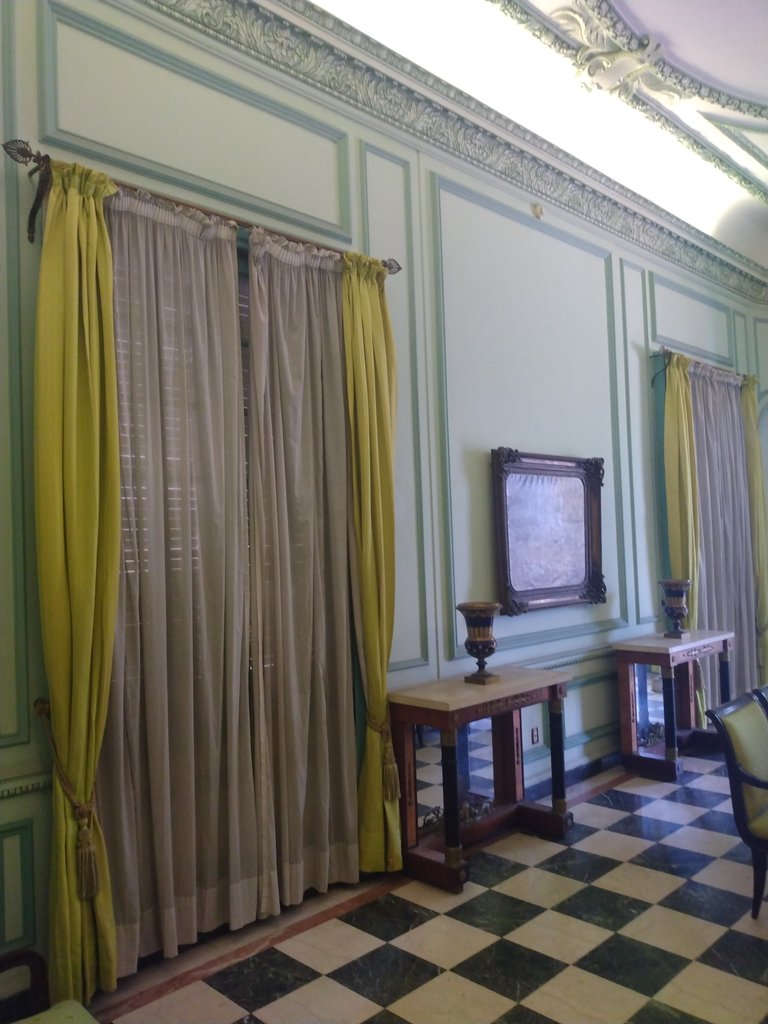
Also on this floor is a chest of drawers with two small sphinx-like sculptures and a chair decorated in a combination of Greek and Egyptian styles. On the wall behind the chest of drawers hangs a painting depicting life in the gardens of the Palace of Versailles.


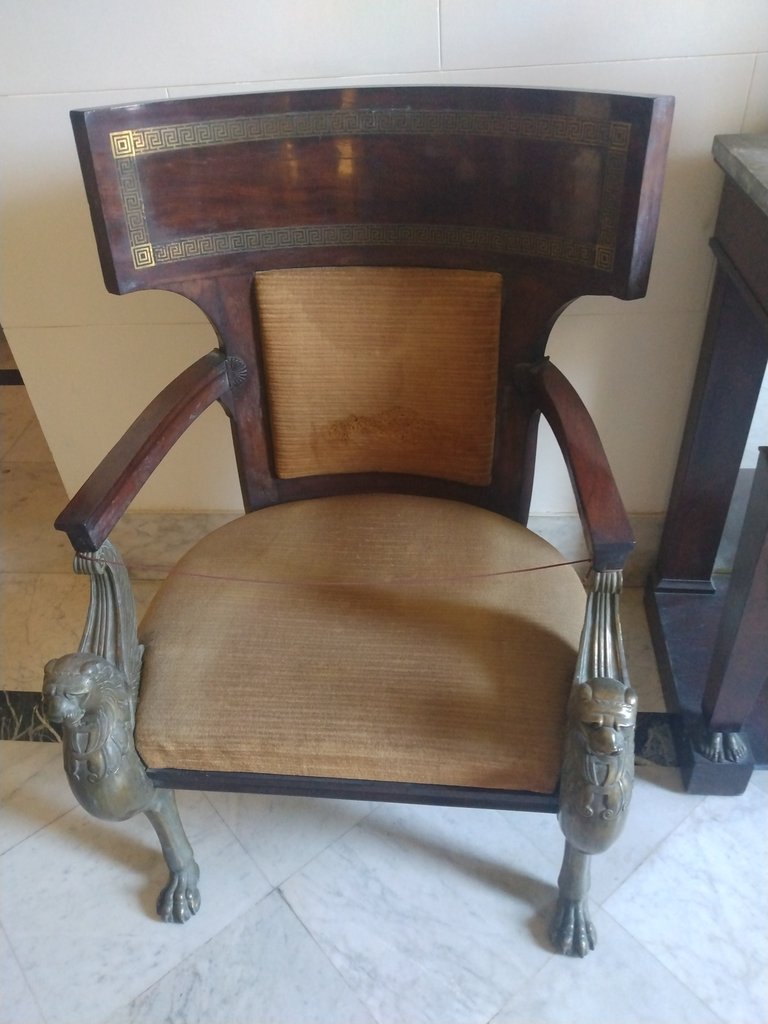
To the left of the above-described ensemble is a display case containing Napoleon's personal belongings. A few metres away is the bathroom and the desk or office.
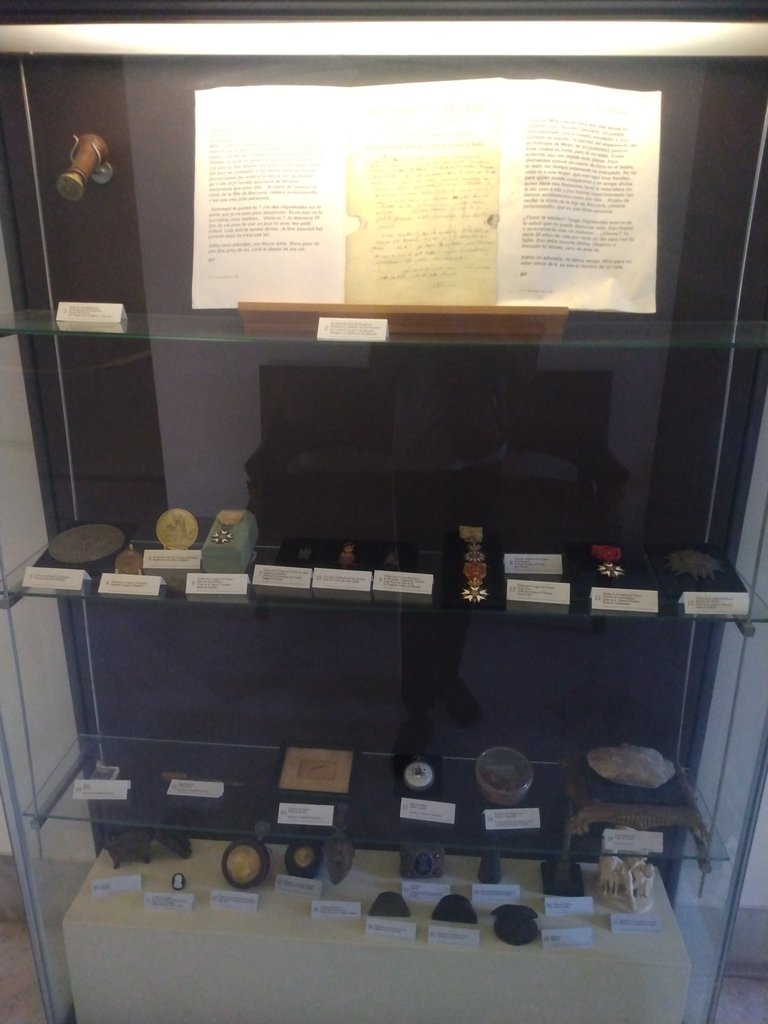
Desktop
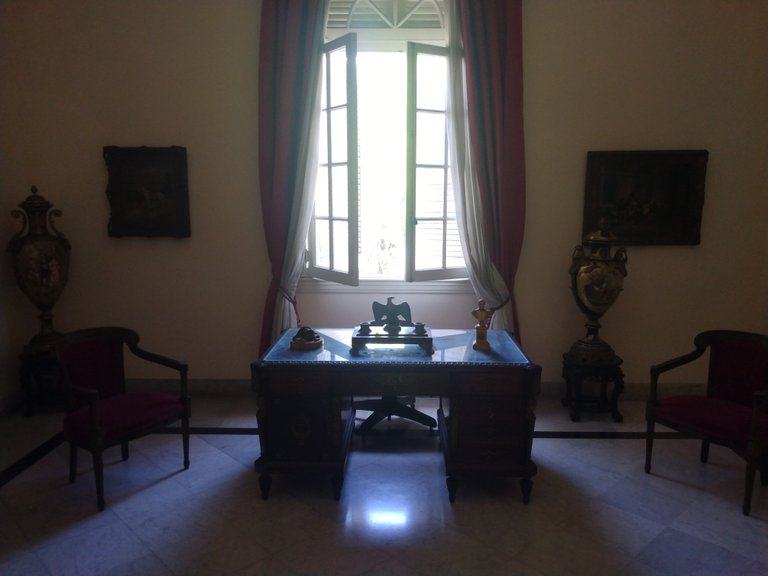
The bowls and soap dish in the bathroom are made of green opaline.
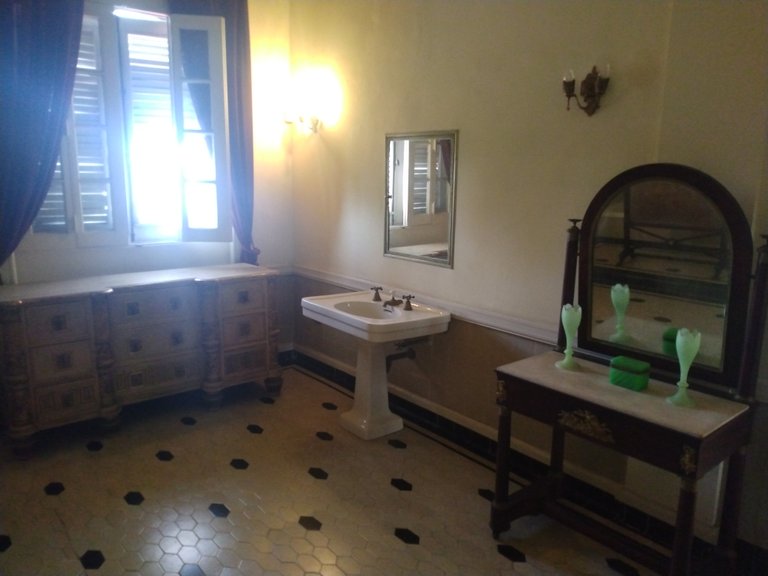
On this floor we also find the personal room where Napoleon's bed and death mask, among other items, are located.
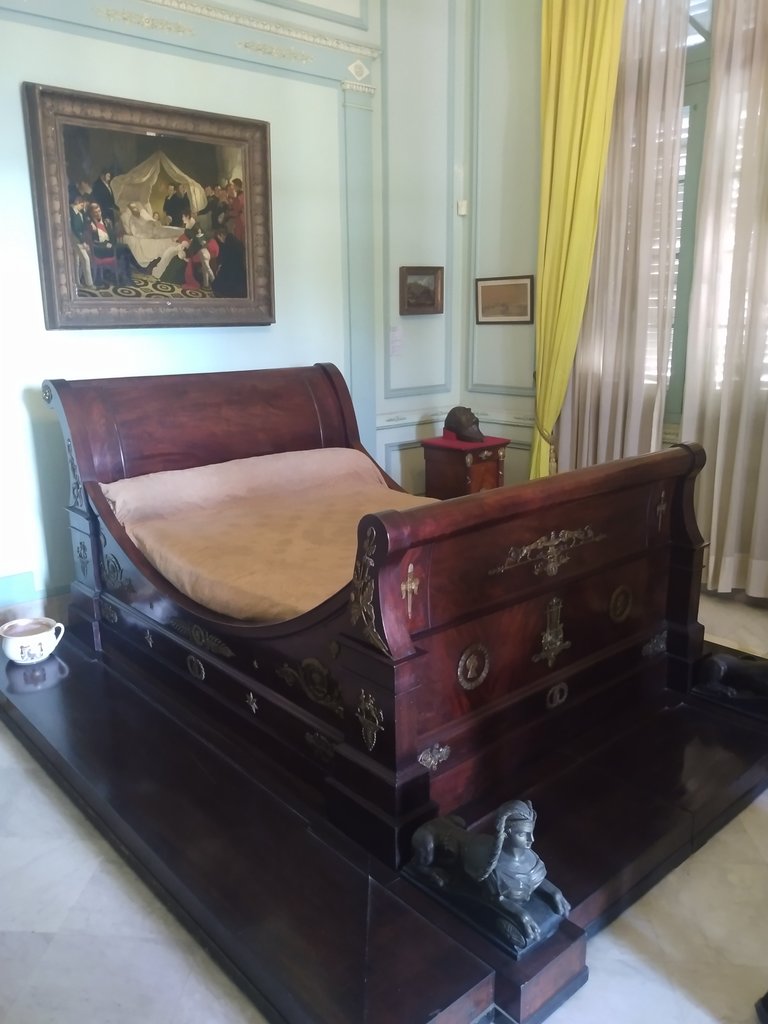
Napoleon's death mask, made by Dr Francesco Antommarchi.

On the fourth and last floor you will find the library, all veneered in precious wood, topped with a thick beamed ceiling, and shelves filled with books of historical value.
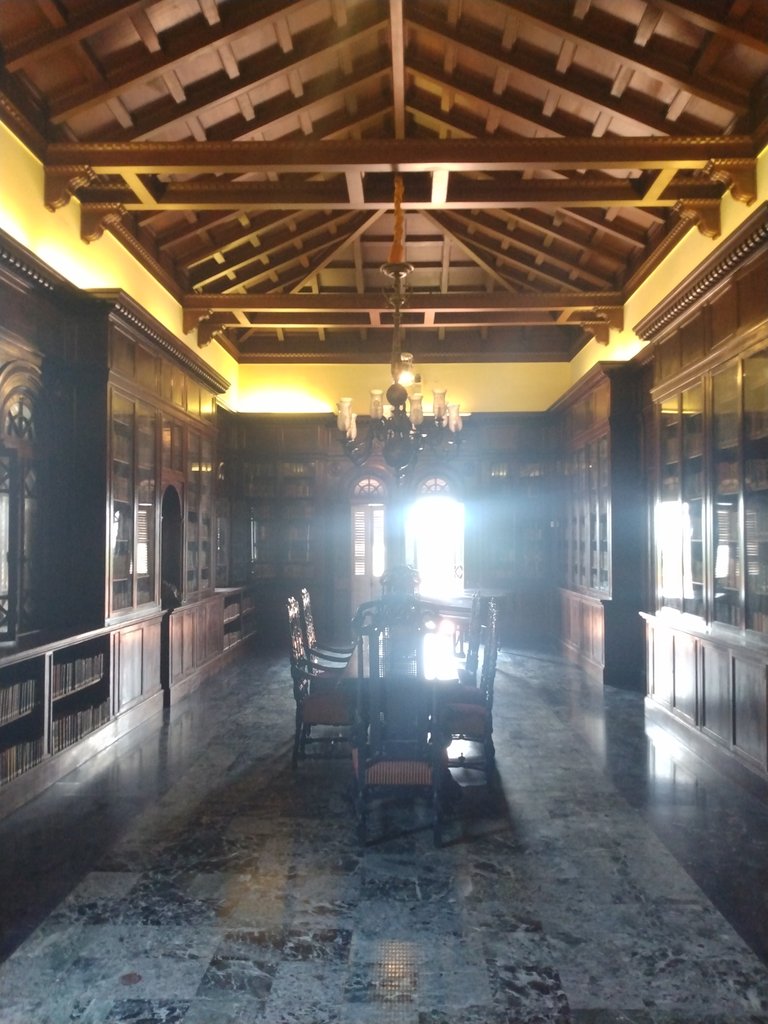
And we end our tour on the museum's terrace, from where we can enjoy beautiful views of Havana. I hope you liked this site of the capital and see you in another travel session. Best regards.
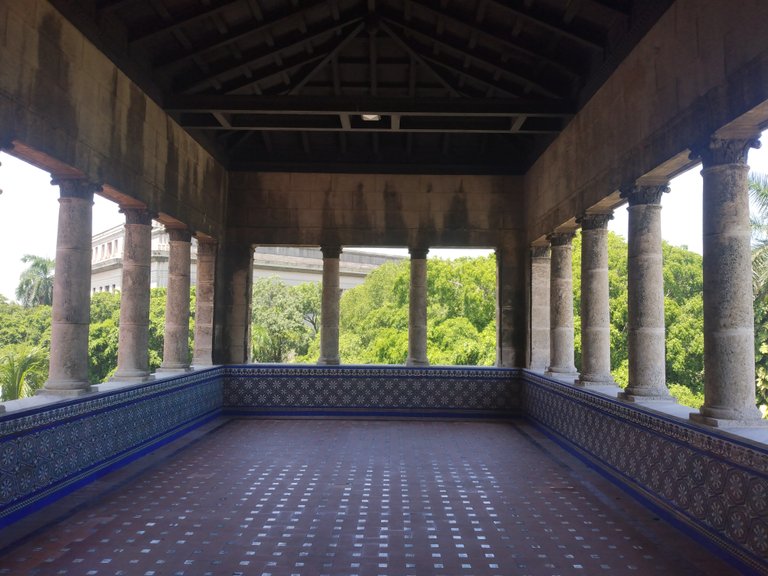
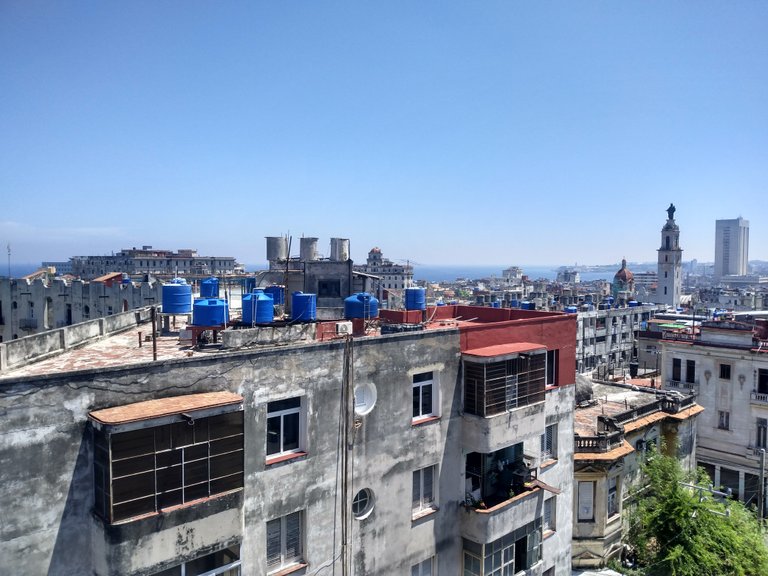
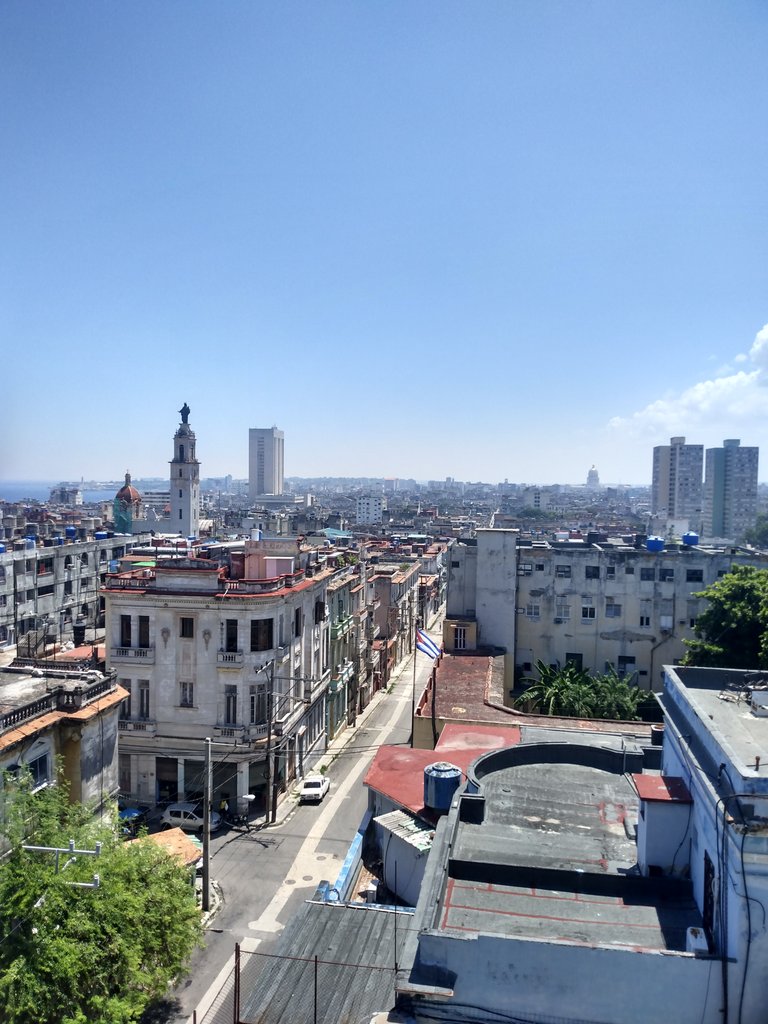
All photos are mine, taken with my Moto g play (2021) mobile phone.
Translated at DeepL.
Versión en español
Hola comunidad de viajeros. En esta ocasión les invito a realizar un recorrido por uno de los museos más interesantes de la capital cubana, el Museo Napoleónico, edificio ubicado en la barriada del Vedado en la intersección de las calles San Miguel y Ronda. Constituye un recinto que atesora artículos que pertenecieron al distinguido emperador francés Napoleón Bonaparte. A primera instancia uno se pregunta: ¿Napoleón Bonaparte en Cuba? Y resulta ser que no, él nunca tuvo vínculo con la isla y entonces ¿cómo llegaron sus bienes a Cuba? Pues, las piezas aquí expuestas provienen de varias fuentes esencialmente del ingeniero agrónomo Julio Lobo quien fuera uno de los hombres más ricos de Cuba y fanático de Napoleón a tal punto que tenía especialistas cuya función era determinar la autenticidad de las pertenecias del emperador que llegaban a sus manos. Otros de los influyentes a la colección fueron Orestes de Ferrara, coronel del Ejército Libertador, diplomático y periodista quien fuera además él primer morador del inmueble; y el doctor Francesco Antommarchi, quien fue el médico de cabecera del emperador. El museo cuenta con 7400 objetos personales, armas y obras de arte vinculadas con el emperador francés, se fundó el 1 de diciembre de 1961. Se considera por muchos que es la más extensa y variada muestra pública de piezas pertenecientes a la época napoleónica, que existe actualmente.
Edificio estilo ecléctico del museo napoleónico, que fue construido como un encargo de Ferrara, caracterizado por su diseño inspirado en los palacios renacentistas de Florencia, ya que su dueño era italiano.
Lobby del museo
Luego de comprar nuestro ticket de entrada por un precio de 30 cup iniciamos nuestro recorrido, no sin antes destacar que el museo se encuentra dividido en los principales períodos de aquella época: finales de la monarquía de los Borbones, la Revolución Francesa, el ascenso de Napoleón al poder y la caída del imperio.
En la primera planta, se muestran elementos del primer período del imperio napoleónico. Entre las principales piezas se encuentran algunos documentos que forman parte de la declaración pública del ciudadano, considerado por muchos estudiosos como una constitución no humanística. También se encuentra un busto de biscuit que representa a la reina María Antonieta, quién fuera guillotinada en 1793.
Documentos que forman parte de la declaración pública del ciudadano emitido en Francia durante el reinado de los borbones.
Busto de la reina María Antonieta
Subiendo la escalinata hacia la segunda planta nos encontramos un busto de Napoleón Bonaparte; elaborado en mármol. En la escultura podemos constatar un detalle sobresaliente y que constituía uno de los grandes complejos del emperador, su prominente apéndice nasal.
Ya en la segunda planta nos encontramos piezas contextualizadas en el propio imperio como: un esquema del árbol genealógico de Napoleón, esculturas dedicadas a él, un reloj y una pintura donde se representa la futura relación del emperador con Europa y la historia.
Esculturas que evocan la imagen de Napoleón.
Esta campana sonaba para avisar a todos de que era hora de comer.
Hermoso reloj de bronce.
Pintura que representa la futura relación de Napoleón Bonaparte con Europa y la historia.
En la tercera planta, encontramos la antesala del comedor donde se acostumbraba a tomar el té y donde podemos ver el juego de tazas de porcelanas checas que se utilizaba. Justo al lado se encuentra el comedor con su elegancia despampanante y hermosos decorados característicos.
Antesala para el té
Juego de tazas de porcelanas checas
Comedor
También en esta planta se encuentra una cómoda donde se observan dos pequeñas esculturas tipo esfinges y una silla con decorados que combinan estilos griegos y egipcios, en la pared detrás de la cómoda cuelga un cuadro donde se encuentra reflejada la vida en los jardines del Palacio de Versalles.
A la izquierda del conjunto anteriormente descrito se encuentra una vitrina donde se preservan objetos personales pertenecientes a Napoleón. A unos metros se encuentra el cuarto de baño y el escritorio o despacho.
Escritorio
Las copas y la jabonera del cuarto de baño son de opalina verde.
En esta planta también se encuentra la sala personal, donde se encuentran la cama y la máscara mortuoria de Napoleón, entre otros objetos.
Máscara mortuoria de Napoleón, realizada por el Dr. Francesco Antommarchi.
En la cuarta y última planta se encuentra la biblioteca, toda chapada en maderas preciosas, rematada con un grueso techo de vigas y estanterías repletas de libros de valor histórico.
Y terminamos nuestro recorrido en la terraza del museo, desde donde podemos disfrutar de unas preciosas vistas de La Habana. Espero que les haya gustado este sitio de la capital y nos vemos en otra sesión de viaje. Un cordial saludo.
Todas las fotos son mías, tomadas con mi teléfono móvil Moto g play (2021).
Traducido en DeepL.




